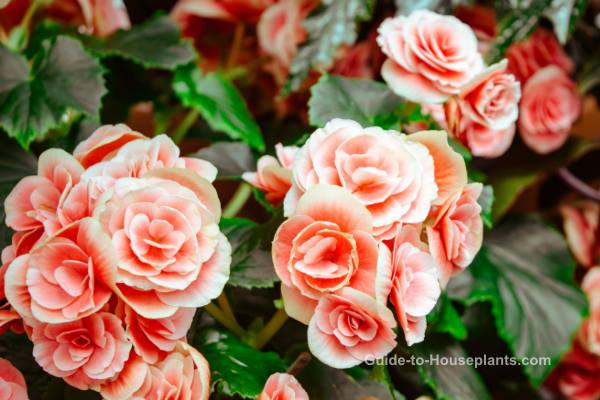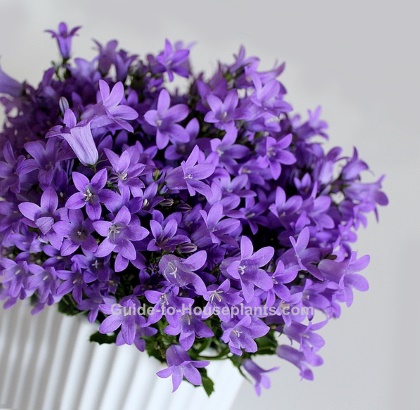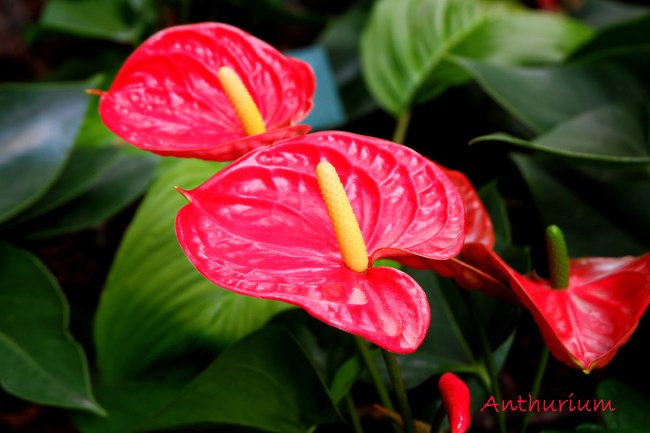Polka Dot Plant
Botanical Name: Hypoestes phyllostachya
Splattered leaves make Polka Dot Plant an unusual and captivating house plant. Many are pink, however newer hybrids give us stunning new choices, including red or white spotted leaves.
Discover how to keep those colorful leaves vibrant, when to water, and why you should pinch your plant.
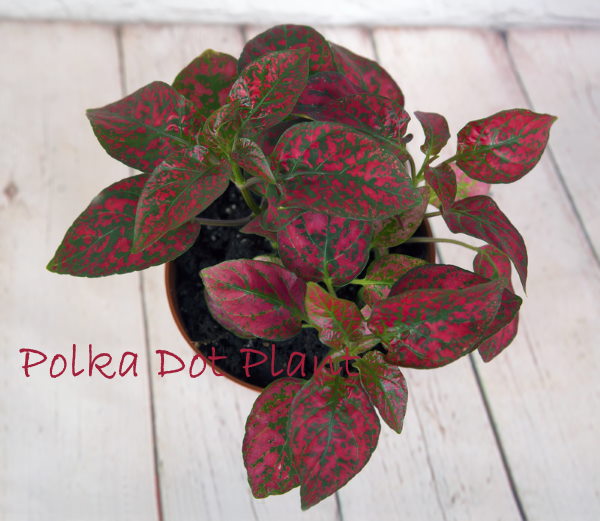 Polka Dot Plant gives a colorful show all year long. Photo © Katrintimoff
Polka Dot Plant gives a colorful show all year long. Photo © KatrintimoffThis bushy plant grows quickly with good light. Pinch back growing tips often to encourage branching and to keep the plant compact.
Insignificant purple flower spikes may appear. Pinch them off because they detract from the foliage and can cause the plant to deteriorate after blooming.
Shed some light. Leaves may revert to solid-green in low light. Put Polka Dot Plant where it'll get plenty of light, but out of direct sun. Filtered light from a south- or west-facing window will give it the light it needs. If you move your plant outdoors for the summer, keep it fully shaded from hot sun, which can cause leaves to curl up and develop brown scorch marks.
Keep up the humidity. If relative humidity drops below 50%, use a humidity tray or room humidifier to increase the moisture in the air. Grouping plants also helps to maintain the humidity around them. A terrarium is an ideal home for this humidity-loving plant, where it will add eye-catching color among green foliage plants.
Water regularly. Keep the soil lightly moist, but take care not to overwater. Too-dry soil will cause leaves to wilt and drop off. Quickly revive a wilted plant with a thorough watering. Soggy soil will cause the leaves to turn yellow.
Pinch your plant. Pinch off tall stems to prevent the plant from getting too leggy. Also, pinch off growing tips to encourage stems to branch out for a fuller, bushier plant.
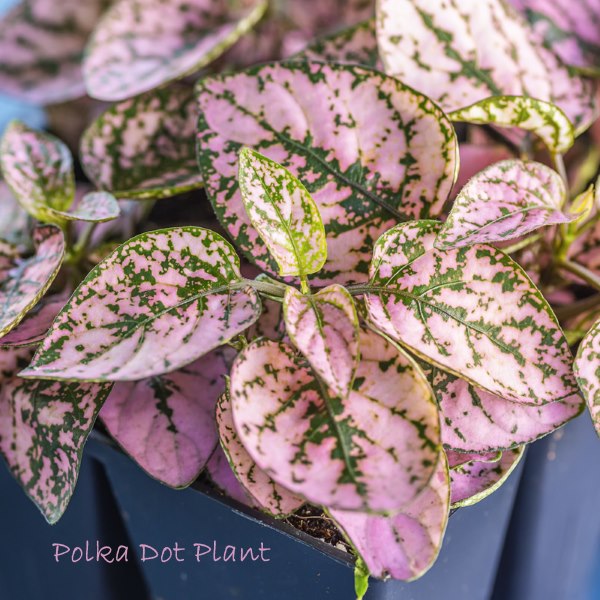 Pink-splattered leaves make this houseplant irresistible. Photo ©Onepony
Pink-splattered leaves make this houseplant irresistible. Photo ©OneponyPolka Dot Plant Problems, Solutions and Answers
Curled-up leaves are typically the symptom of too much sun. Hypoestes phyllostachya needs bright, indirect light to maintain its color, but keep it out of hot, direct sunlight.
Wondering when to repot? New plants can be moved to slightly larger pots right away. Use a container with drainage holes to prevent soggy soil. If you want to use a cachepot -- a decorative container without drainage holes -- set the nursery pot in the cachepot. I put small river stones in the bottom of cachepots to keep the inner pot above the drainage water. You can repot older plants in spring or summer when they outgrow their containers. Here's how to know when to repot and how to do it.
Dropped leaves are caused by dry soil. This Madagascar native likes consistent watering, but not soggy soil. Over-watering may cause yellow leaves that fall off. Always use a container with drainage holes so you can water thoroughly without worry of drowning your plant. If you think you've hopelessly over-watered, repot it right away in fresh soil.
Webbing between stems and leaves are a tell-tale sign of spider mites. These tiny pests can do a lot of damage to plants and are not easy to get rid of. Spider mites are attracted to houseplants in the winter, when indoor air is dry; you can help to prevent them by boosting humidity around your plant. Cut off any badly infested stems and wash off your plant with room-temperature water.
Is Hypoestes phyllostachya poisonous? No -- it's not toxic to people or pets.
Polka Dot Plant Care Tips
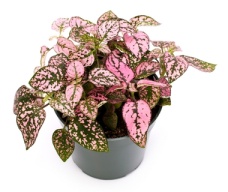
Origin: Madagascar
Height: Keep to about 10 in (25 cm) by pinching off.
Light: Polka Dot Plant will lose its variegation in low light. Give your plant plenty of bright, indirect light for sensational color. Protect plants from direct sun to prevent scorching leaves.
Water: Keep soil lightly, evenly moist spring through fall, and slightly drier in winter when growth is slower.
Humidity: This tropical native wants higher humidity than most homes provide. Try to maintain 50% relative humidity around polka dot plant. This is easier than it seems. Use a cool-mist room humidifier or humidity tray. Check out these easy ways to raise the humidity for your houseplants.
Temperature: Average to warm 65-80°F/18-27°C year-round
Soil: Good-quality, houseplant potting mix
Fertilizer: Feed every 2 weeks spring through fall with a balanced liquid or water-soluble fertilizer mixed at half the regular strength.
Propagation: Grows easily from seeds. Take stem cuttings in spring and early summer.
